Blog Post
Top 7 Food and Beverage Industry Trends in 2019
Jun. 12, 2019

Fact: every single person in the world relies on the food and beverage industry.
No pressure, right?
With the population growing quickly and many consumers living fast-paced lifestyles, the food and beverage (“F&B”) industry must constantly adapt to become more energy efficient, globally sustainable, cost efficient, and health conscious. The food and beverage industry includes every aspect of a food or beverage’s production, from how its ingredients are obtained, to how it is processed, distributed, or consumed, and everything in between. One thing remains the same in this industry - consumers want their foods and beverages faster, safer, and cheaper.
Here’s our list of the top 7 F&B trends for 2019:
1. Increased Safety
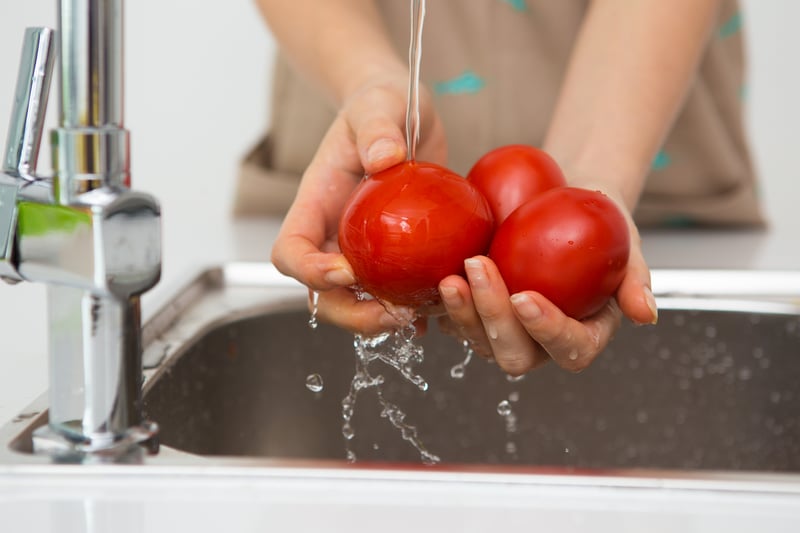
Providing safe food and beverages may seem like a no brainer, but perhaps it is easier said than done. The U.S. Food and Drug Administration (FDA) issued thousands of recalls last year.
Remember these recalls from 2018?
- An E. coli outbreak in romaine lettuce linked to at least 193 illnesses and five deaths
- Millions of pounds of raw beef recalled due to an outbreak of salmonella
- Millions of eggs recalled due to salmonella, which infected 44 people across 11 states
- Vegetable trays were recalled after they were found to contain parasites. 78 people in four states were hospitalized after becoming infected with the parasite Cyclospora cayetanensis, which can cause cyclosporiasis, an intestinal disease causing a loss of appetite, weight loss, stomach cramps or pain, bloating, nausea, vomiting, and other flu-like symptoms.
- 450,000 pounds of frozen chicken were recalled for potentially containing fragments of metal
- A brand of yogurt recalled six varieties after a customer returned a yogurt cup containing shards of glass
- A popular cereal was recalled after it was linked to 73 cases of salmonella infection in 31 states, including 24 hospitalizations
- Fresh-cut watermelons, honeydew melons, and cantaloupes were linked to 77 reported cases of salmonella causing 36 hospitalizations
In addition to the harm caused to consumers, a recall can be detrimental to a brand’s reputation. Recalls are often quick to gain news and social media attention. Once a particular product or brand is connected to a safety-related recall, consumers lose trust in that brand, sometimes indefinitely.
2019 will definitely bring an increase in F&B safety precautions. Companies will go to extreme measures to source safe ingredients, ensure proper sanitation, and improve their equipment and quality assurance processes.
2. Automation
The use of automation is growing in many industries, including F&B. Automation is being used in the F&B industry to improve quality control, production speed, labor shortages, and overall profitability. Companies who want to get “better, safer, and cheaper” will unquestionably increase the ways they use automation.
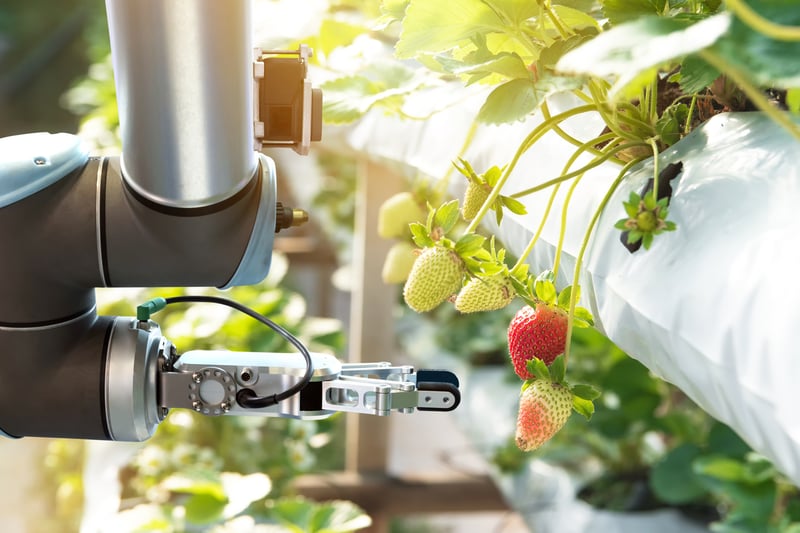
There are many benefits to using automation in the food and beverage industry:
- Better quality control
- End-to-end traceability
- Improved worker safety
- Increased efficiency
According to a report by the McKinsey Global Institute, jobs that involve “predictable physical activities” - such as cooking or serving food, cleaning kitchens, collecting dirty dishes, and preparing beverages - are the most susceptible to automation. “According to our analysis, 73 percent of the activities workers perform in food service and accommodations have the potential for automation, based on technical considerations,” the report said.
In May of 2018, Spyce, one of the world’s first automated, robot-powered restaurants, opened in Boston. The restaurant was founded by a group of robotics engineers from the Massachusetts Institute of Technology (MIT). Human chefs were replaced with automated cooking machines that are able to make seven meals at a time in three minutes or less. Spyce offers a variety of customizable bowls with healthy ingredients, all ordered using a touch-screen device, for $7.50. A human reviews and garnishes the order before the customer receives it to ensure quality. This restaurant model is embracing “better, safer, cheaper.” 2019 could see more automated restaurants like Spyce.
3. Technology
By 2050, the world population is expected to increase to more than 9 billion people, 2 billion more than our current population. That’s a lot of mouths to feed! With this huge population increase will come a need for more houses, schools, shopping centers, and bigger cities. Farmers will be expected to produce more food than ever using less land than ever. Technology has been, and will continue to be, a growing trend in the F&B industry.
In 2019, farmers will use drones, temperature and moisture sensors, self-driving tractors with GPS navigation, and other technologies to more efficiently produce food and beverages. According to the United States Farmers and Ranchers Alliance (USFRA), technology is about more than better and faster, it is also about sustainability. This can be described as a method of food production that uses processes that are non-polluting, conserve non-renewable resources, are economically efficient, and are safe to consumers without compromising the needs of future generations.
Restaurants will use more technology, too. You may have already used a kiosk or tablet for ordering while out to eat. Customers are able to browse menus, create customized orders, and pay for their meals using digital devices.
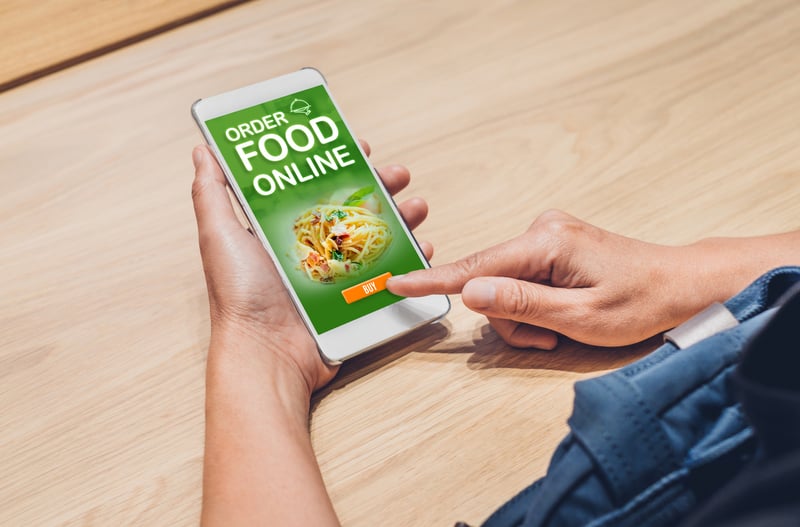
Mobile applications are another rapidly growing F&B technology trend. Many restaurants offer incentives to customers who order or pay using an app. In addition, consumers are turning to apps to make reservations, read and share reviews, and find menus. Food delivery apps like GrubHub and Uber Eats have become increasingly popular. Investment bank UBS forecasts food delivery sales to rise to more than $365 billion worldwide by 2030, from $35 billion in 2018. The use of social media by F&B companies to connect with consumers will continue to grow in 2019.
4. Convenience
According to the International Food Information Council’s Food and Health Survey, 55 percent of millennials say convenience is a top driver when buying food, while baby boomers say taste matters more. The process of purchasing convenience food and beverages is quickly growing and changing.
Gone are the days when convenience food meant unhealthy fast food from a drive-thru, a grab-and-go sandwich at a gas station, or a candy bar. Millennials are the drivers behind meal kits, grocery delivery services, food trucks, online ordering, and the growth of heat-and-eat options at grocery stores.
In March 2019, data analytics company Nielsen reported that 14.3 million U.S. households purchased a meal kit in the last six months of 2018, which was up from 3.8 million households in the second half of 2017. They attributed the rise in sales to increased demand and increased availability, as more meal kits began being offered in retail stores as well as online. Meal kits are marketed to be healthier, cheaper, and, of course, more convenient than traditional meal preparation.
The number of food delivery app downloads was up 380% in 2018 compared to the previous three years. Research firm Cowen and Co. predicts that U.S. restaurant delivery sales will rise an average of 12% a year to $76 billion in the next four years.
The Food Marketing Institute estimates online grocery sales will reach around $100 billion by 2025. Amazon is leading the way with online grocery sales. Their most popular category is beverages, followed by coffee, snack foods, breakfast foods, and candy.
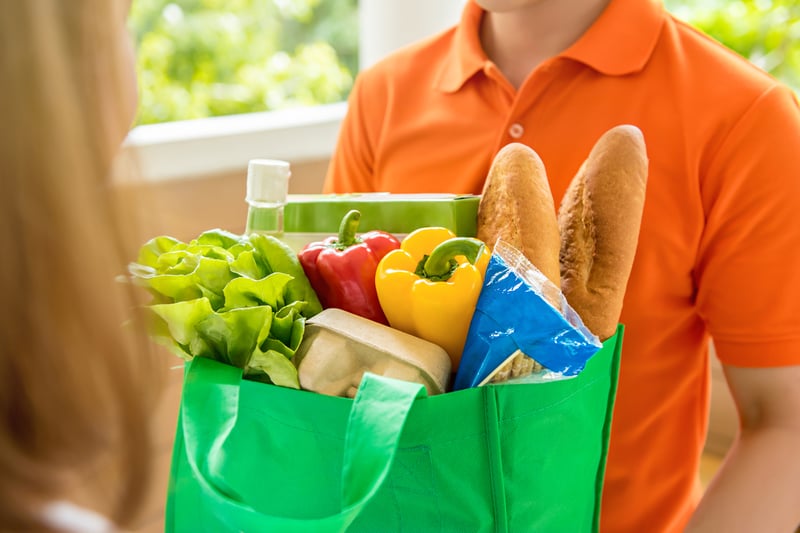
Walmart offers customers grocery pick up at no additional cost. Consumers are able to go online, fill their carts, schedule a pick-up time, and then pull up to a designated pick up area and have their groceries loaded. “Ninety percent of Americans live within 10 miles of a Walmart store, which gives us a unique opportunity to make every day a little easier for busy families,” states Walmart’s website.
Convenience will be key in 2019. If acquiring a food or beverage item takes too much effort, consumers may choose an alternative option.
5. Healthier Options
Millions of Americans struggle with obesity, high blood pressure, high cholesterol, or diabetes - just to name a few. Unhealthy or excessive food and beverage consumption are major contributors to these conditions. Furthermore, more than one in three U.S. consumers are following a specific diet or eating program. “Keto”, a high fat, low carb diet, appeared in 5 of the top 10 food-related google searches in 2018.
More and more consumers are turning over their purchases to read the nutrition labels. They want to know what’s in their food, and they want it to be good for them. In a 2018 study conducted by the International Food Information Council Foundation, people were asked which health benefits they were most interested in getting from foods and nutrients. Cardiovascular health was ranked number one, followed by weight loss/management and energy.
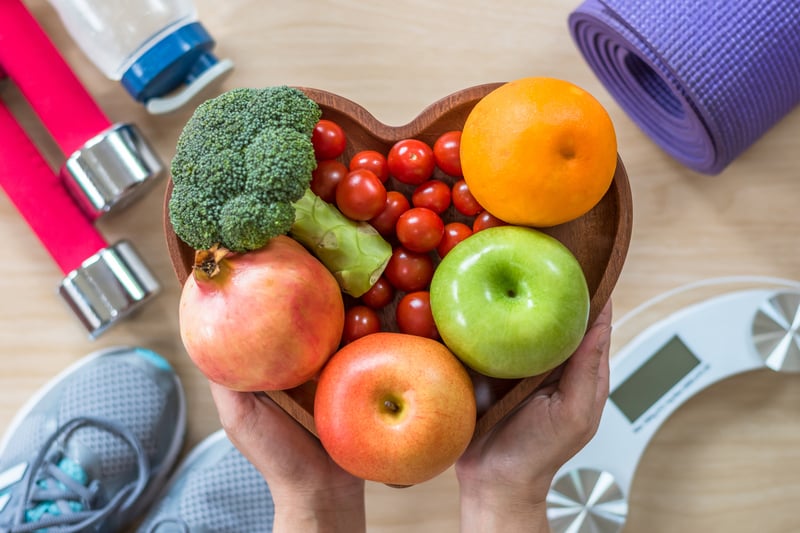
Consumers are increasingly aware of the food and beverages they put into their bodies, and they are seeking healthier options. 2019 will provide these options along with increased efforts from food producers and restaurants to help consumers make healthy decisions, including:
- More calorie and nutritional information on menus
- Use of healthier ingredients
- Increased use of health-focused terms such as: low-fat or fat-free, superfood, diet, low calorie, and healthy
- Less added sugars
- Easy to read nutrition labels
- Less chemicals and artificial ingredients
Consumers in 2019 will do more research than ever before when making a purchase. Smartphones make it quick and easy for a consumer to search and find the nutritional information of a food or beverage.
6. Corporate Social Responsibility
Free-range, grass-fed, local, organic, non-GMO, natural, sustainably caught... sound familiar? These are some of the more common F&B label terms, it is important to note however, that food labeling is not always regulated and can be misleading. Items with these terms often come with a steeper price tag, but many consumers are willing to pay the price. Not only for health-related reasons, but consumers are increasingly choosing to support companies that show they care about the environment and animal welfare.
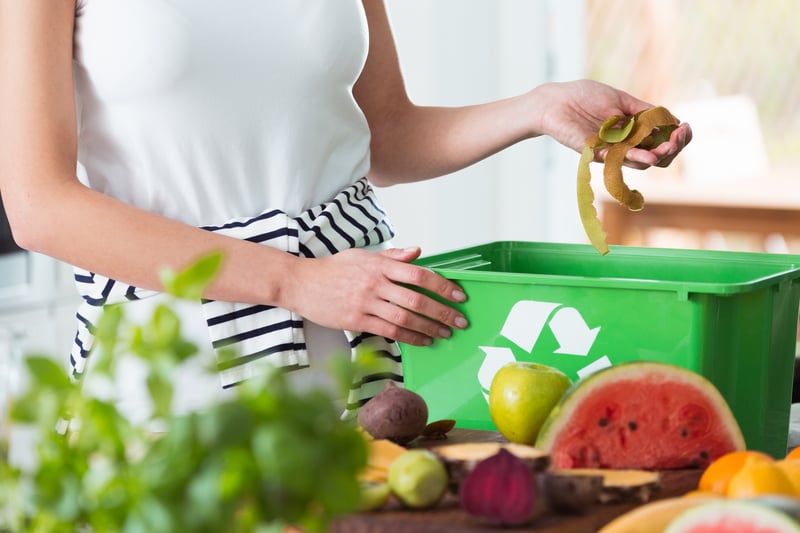
It’s no longer enough for F&B producers to just offer safe, healthy, and taste-satisfying products. Consumers also expect producers to be socially responsible. This can be a leading deciding factor, particularly amongst millennials, when making food and beverage purchases.
Growing areas of corporate social responsibility include:
- Using recycled materials for boxes, cups, packaging, etc.
- Using ingredients that have been sourced responsibly and sustainably
- Using local ingredients
- Contributing to charitable causes
- Reducing waste
- Using energy-efficient equipment to reduce energy and water use
Efforts to be more sustainable and environmentally conscious are sure to grow in 2019 and beyond.
7. Research and Development
To meet the needs of changing customer preferences and a growing population, the food and beverage industry is sure to see a rise in research and development in 2019.
Consumer Trends
A major focus for research and development is creating products that are meeting the consumer’s needs. This may include non-GMO, natural products, and organics, plus packaging that puts the products on display. Following consumer trends allows a company to position themselves to sell more product.
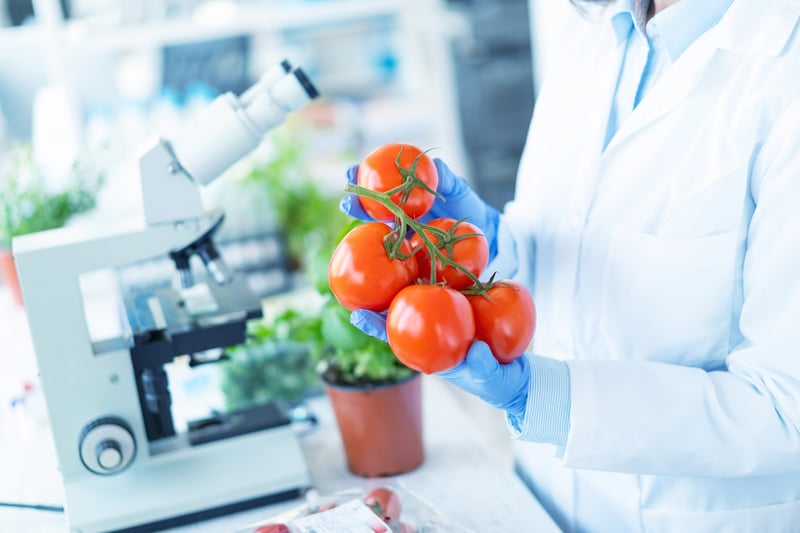
As healthier trends continue to gain traction among consumers, companies must repeatedly focus on ingredients, packaging, and cost. New recipes will be a requirement for food processing moving forward. Many companies will adapt their products by replacing ingredients that are no longer preferred with new ingredients that will meet customer demands.
Ethics
By sourcing quality ingredients, companies will have to research their food supply chain to find the quality that consumers are demanding.
Chipotle created their brand by raising ethical standards in food consumption and has fought some major hurdles to keep its restaurants stocked without breaking their ethical code. They have publicly struggled with sourcing ingredients, especially pork. When a pork supplier violated the animal-welfare protocols, Chipotle reinforced its commitment by suspending that supplier. “Most organizations will have contingency plans for key suppliers,” says Rick Blasgen, CEO of the Council of Supply Chain Management Professionals. “With the food industry, supplier relationships are tight.” Sourcing high-quality ingredients will continue to be a big research and development trend in 2019.
Production Improvement
The food and beverage industry continues to ask, “How can we make our products or services better, safer, and cheaper?” Processes and equipment both play an important role in answering this question.
While focusing on process improvement, a typical focal point is yield. Small percentages in yield improvement can have a tremendous impact on a company’s bottom line. Treating this as a small-scale project is a common way to start before trying to focus on the entire plant at once. Identifying factors that affect your production yield and breaking down each variable allows the project to become more granular. Upgrading equipment to newer, improved designs may help improve your process.
Product improvements by manufacturers can also be a major factor in process improvement. While identifying improvements, manufacturers may find that their current equipment's limitations adversely affect production results. In these cases, it may make sense to upgrade equipment within the processing plant. For example, if a new model pump can withstand higher temperatures than your current pump, and temperature was identified as an area of improvement in your process improvement study, replacing this pump will equal more yield. You may also achieve more yield by lowering production downtime and upgrading to new equipment that is more reliable and easier to maintain.
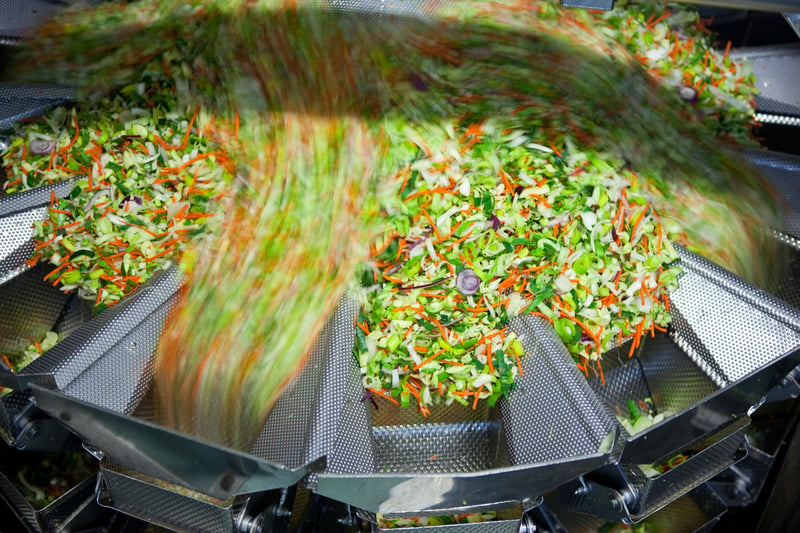
After the smaller scale process improvement project is completed, the next step will be to continue to make improvements throughout the plant. Continuing improvements can be challenging, so typically the best way to do this is by adopting company-wide best practices and standards. The important thing to remember is that process improvement is a continuous project that can contribute to the bottom line over time.
Dixon products are trusted by the F&B industry. Our broad line of 3-A certified fittings are comprised of the highest-quality finishes required on food-grade stainless steels and can help increase your plant’s safety and efficiency. To learn more about Dixon’s products, visit our food & beverage processing page.
Sources:
- https://www.thisisinsider.com/food-recalls-2018-2018-12#recalled-eggs-from-gravel-ridge-farms-in-alabama-were-linked-to-38-cases-of-salmonella-3
- https://www.foodsafetynews.com/2018/06/del-monte-recalls-veggie-trays-because-of-parasite-outbreak/
- https://www.forbes.com/sites/jenniferhicks/2016/12/31/take-a-look-at-how-technology-makes-smart-and-sustainble-farming/#7cd391693deb
- https://www.nielsen.com/us/en/insights/news/2018/meal-kit-mania-innovation-for-foodies.html
- https://www.foodprocessing.com/articles/2018/automation-in-the-food-industry/
- https://www.appannie.com/en/insights/topic/market-data/
- https://www.acosta.com/news/convenience-is-key-for-us-diners-according-to-acosta-and-technomic-s-the-why-behind-the-dinetm
- https://news.walmart.com/2018/09/17/cross-country-convenience-walmart-reaches-50th-grocery-delivery-metro-area-and-2-000th-grocery-pickup-location
- https://www.foodinsight.org/2018-food-health-press-release-diets-organic-natural-sustainable-trending
- https://www.washingtonpost.com/news/innovations/wp/2018/05/17/will-robots-replace-chefs-at-this-new-boston-restaurant-they-already-have/?utm_term=.baf89463e417
- https://www.foodinsight.org/2018-FHS-Report-FINAL.pdf
- https://www.forbes.com/sites/andriacheng/2018/06/26/millennials-are-ordering-food-for-delivery-more-but-are-they-killing-the-kitchen-too/#40e1476393e1
- http://www.tbmcg.com/files/us/article/Uncovering-new-ways-to-Improve-yield-food-and-beverage.pdf
- http://fortune.com/2015/10/27/chipotle-pork/
- http://ucfoodsafety.ucdavis.edu/Food_Processing/Labeling_Food_Products/